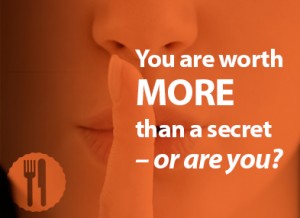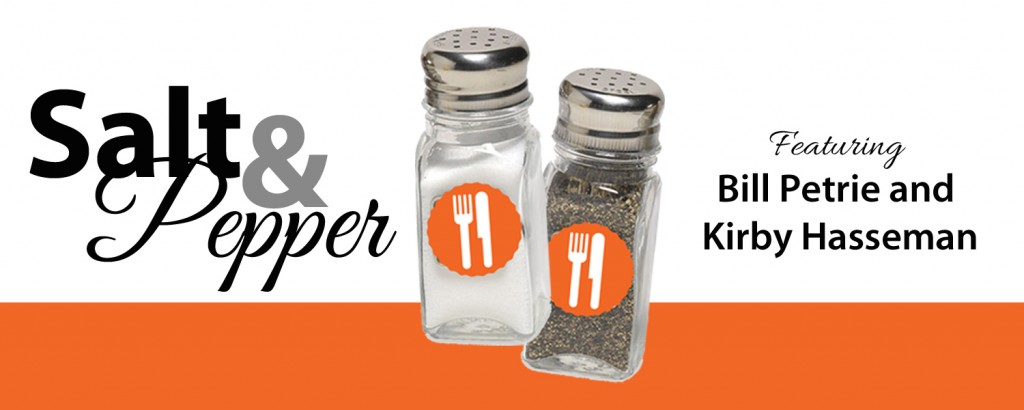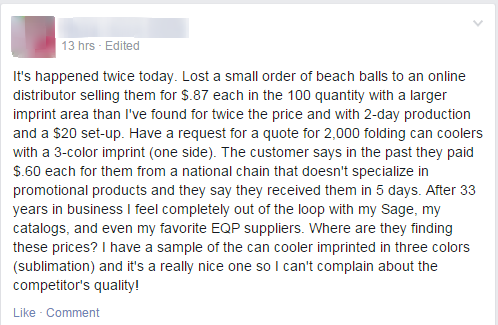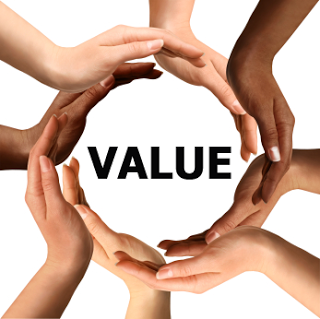You are worth more than a secret – or are you?
We are about to dive into a potentially divisive topic which may draw out angry reactions from some longstanding people in the industry. The topic: industry secrets.
Discussing our industry secrets encompasses more than divulging price codes or supplier names. It’s about individuals and organizations talking openly about how our industry operates, the challenges facing it, and what the future might hold. Read nearly any industry message board and you’ll see complaints about end users having access to information that exists online.
Years ago, sales people in the Promotional Products Industry enjoyed having access to a private database of suppliers that was core to the value proposition. Many distributor firms did not even share the supplier information with the sales person. That same database still exists, but the secrecy of the information does not hold as much value as it once did. Today, nearly every industry sales person knows the product vendor and the net cost of the item. As more and more of this information becomes available online, does it put our industry at risk?
Look at www.promokitchen.org and our Facebook page www.facebook.com/promokitchen, and you’ll see that no credentials are required to view content. The content on the site is directed at industry participants, but can also be accessed by buyers and the general public – Seth Godin even linked to content from our own Mark Graham. Are vetted articles which mention supplier names and industry issues a threat to our industry?
In short, no. The world has moved from opacity to transparency and business – our industry included – has to move with the rest of the world. Now, this does not mean that you should publish your actual cost, nor does it mean you should publish the contact details of your vendor for the items you are selling. It just means that by being so concerned with keeping everything confidential, you’re severely limiting your potential.
We, as an industry, have an obligation to broaden the conversation outside industry walls and advocate for our ad medium. We have to get the word out about our industry. We must become advocates and begin sharing openly at shows, universities, and various events to spark interest and attract top emerging talent. That means introducing suppliers to buyers at end user shows. It means talking about industry challenges in an open forum so when buyers are searching for solutions they find credible information rather than settling for less, or giving up on the promotional products purchase completely. It means soliciting end user opinions so that we are better equipped to deliver to our clients what they want and need; and ultimately, it means building trust in the supply chain. That begins with closing the door on the fear and opening the door to transparency.
When distributors are willing to share information with the supplier such as end-user industry, budget, goal, challenge, and even client name, the supplier has a better opportunity to add value to the interaction and help close the sale. It is an opportunity for the supplier to prove they can be a trusted resource to the distributor and at the same time foster better outputs. Sharing this information allows all parties to deliver beyond expectations and provide better solutions to customers’ problems. That kind of value is hard to compete with.
Distributors still choose to primarily buy from industry suppliers because suppliers add value beyond the secret of who the manufacturer is. End buyers also choose to buy from industry distributors for this same reason, as well as for the additional services and quality of overall experience they receive. Suppliers choose to primarily sell through distributors because of the value the distributor brings to the supplier. For example, distributors should be bringing the supplier correctly written purchase orders, clean artwork, a working knowledge of the systems and processes involved with producing orders, and the capability of marketing to, reaching, and converting a much larger pool of clients than if the supplier were to try to sell product to end buyers directly. If distributors did not add value to the supplier they would be bypassed and end users would buy directly from suppliers. Instead, the supply chain exists as it does because of the value add and everyone wins.
PromoKitchen believes in fostering this type of respectful, intelligent conversation in an open forum. We believe that best practice sharing is a good thing for an industry that is going through rapid change. We also believe in the power of community and see the potential this industry has to improve when stronger connections are established between us all. It is our intent to advance the industry through thought-provoking discussion on a variety of subjects (marketing, sales, technology, operations, productivity and creativity) and provide access to higher level information, education, mentorship and unique networking opportunities. The marketplace is growing, evolving, and changing, as is the competition.
Be open and learn from open sharing because if you are relying on your knowledge of “industry secrets” as your competitive advantage, whatever advantage you thought you had is gone. There are bigger challenges ahead for our industry. Rather than trying to keep useful articles and dialog secret, engage openly online. Your customers and vendors expect it. They know they are worth more than a secret. Are you?






